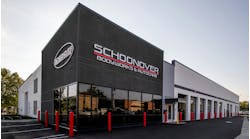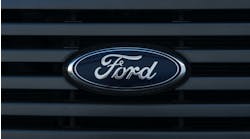Dec. 16, 2019—With 2019 coming to a close, Mitchell researched data from the past three years to forecast what it envisions in the year ahead.
The following are three predictions expected for the automotive claims industry in 2020:
1. The average cost of repair will exceed $3,600
The average cost of repair for 2019 stands at $3,438, an increase of 3.7 percent from the previous year. Mitchell expects the frequency of diagnostics and calibration to continue their rapid rise in the industry as more and more focus is placed on creating a proper and safe repairs.
2. Trucks and SUVs will make up 55 percent of claims volume
Over 70 percent of new vehicles sold are light trucks and SUVs/CUVs. Consumers are taking advantage of extended financing terms in order to absorb the heftier price tag this segment carries and are willing to do so for the increased functionality and the absence of having to sacrifice fuel efficiency.
3. Total loss frequency will exceed 18 percent.
As the cost of repair continues to climb, so does the likelihood that a vehicle will be declared a total loss as opposed to being repaired. The increasing technology in vehicles along with decreased major component repairability has meant that the average number of parts replaced during the course of repair has increased by 0.5 parts since 2017.



